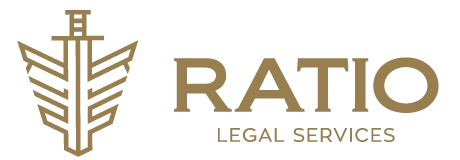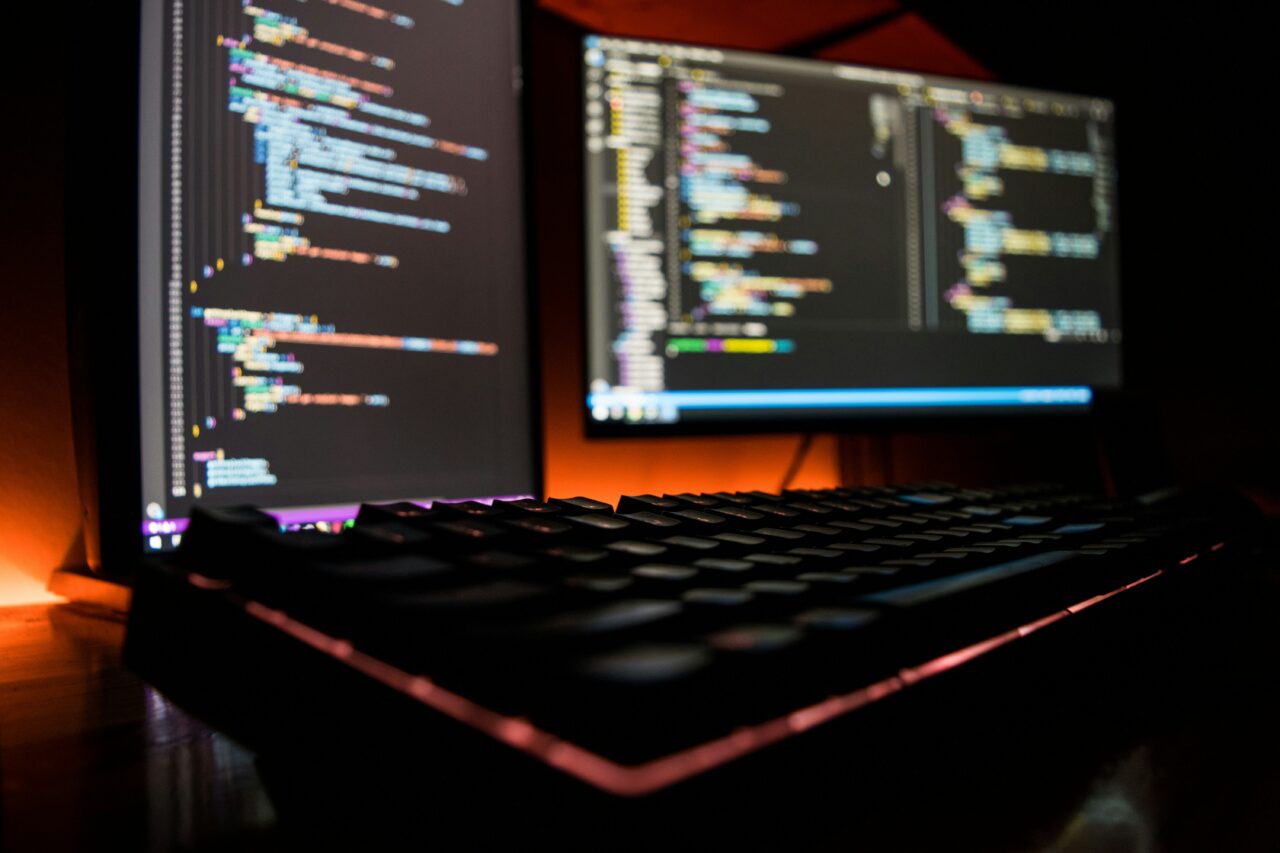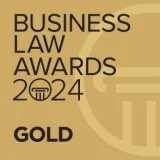The continuous advancement of technology and the expanding use of software across various business sectors have made the effective protection of intellectual property related to source code, graphical user interfaces (GUI), and patentability more critical than ever. In this article, we focus on the key aspects of legal protection for software, the contracts governing its development and use, the circumstances under which software (or parts of it) may qualify for patent protection, and how a GUI can be registered as an industrial design.
To begin with, in Greece and throughout the European Union, software is generally protected under copyright law. This protection applies to the code itself, as well as the structure and organizational form of the software, provided that it meets the criteria of originality. The creator—be it an individual or a legal entity—automatically holds the exclusive exploitation rights, including reproduction, translation, adaptation, and distribution. These rights may be transferred or granted through licenses, under terms set out in relevant contracts.
A particularly important facet of software protection involves the agreements that dictate its use, development, and distribution. Software licenses (e.g., proprietary or open-source) outline how the software can be used or modified, who retains the intellectual property rights, and whether commercial exploitation is permitted. Equally crucial are software development contracts, especially when the task is outsourced (work-for-hire), as these must clearly specify who owns the code, outline technical requirements, provide timelines for completion, and define terms of delivery and maintenance. Distribution and commercial exploitation agreements, typically entered into with resellers or online platforms, address broader matters such as pricing, marketing, and user licensing.
When it comes to patent protection for software or its components, the key factor lies in its technical character. Under both Greek and European practice, a simple computer program is not considered an invention. However, if the software solves a technical problem and produces a tangible technical effect, it may be deemed an “invention” and potentially be protected by a patent. The process begins with filing an application at the Greek Industrial Property Organization (OBI) for national protection or with the European Patent Office (EPO) for broader coverage. A detailed description of the invention is required, demonstrating its uniqueness, inventive step, and industrial application.
Another noteworthy aspect involves protecting a graphical user interface (GUI) as an industrial design. Industrial design law safeguards the overall visual appearance of a product—its shape, colors, lines, and arrangement. In the digital realm, this may extend to GUIs, provided they exhibit originality and have individual character. The registration process can be carried out at the national level through the OBI or at the European level through the European Union Intellectual Property Office (EUIPO). The initial protection period is five years, renewable for up to 25 years.
As best practices, it is advisable to use legally sound agreements for the development, distribution, and use of software, and to conduct preliminary searches before filing patent or industrial design applications to avoid conflicts with existing registrations. It is also crucial to secure proper code storage (version control) and thoroughly document the development process to establish originality. Given the rapidly evolving legal framework governing
technology protection, staying informed about legislative and case-law developments is vital for an effective protection strategy.
At Ratio Legal Services, we provide specialized legal support for drafting and negotiating software contracts, safeguarding copyrights, and offering advice on potential software patents. We also handle the filing and management of industrial design applications for GUIs and assist in cases of legal disputes or infringement. With a comprehensive approach and in-depth understanding of the technology sector, we ensure that our clients can concentrate on innovation and growth without the uncertainty of legal complications.




